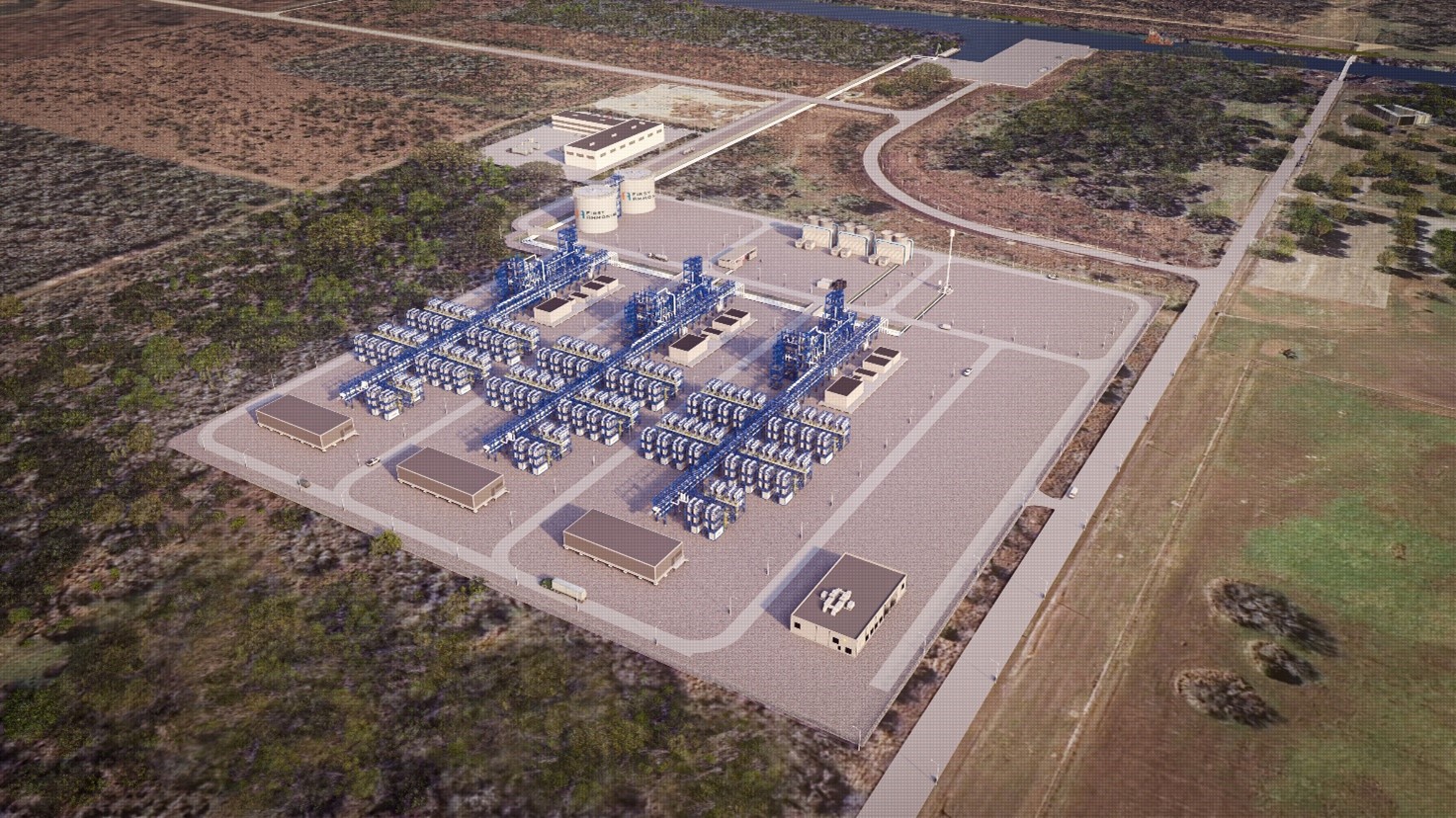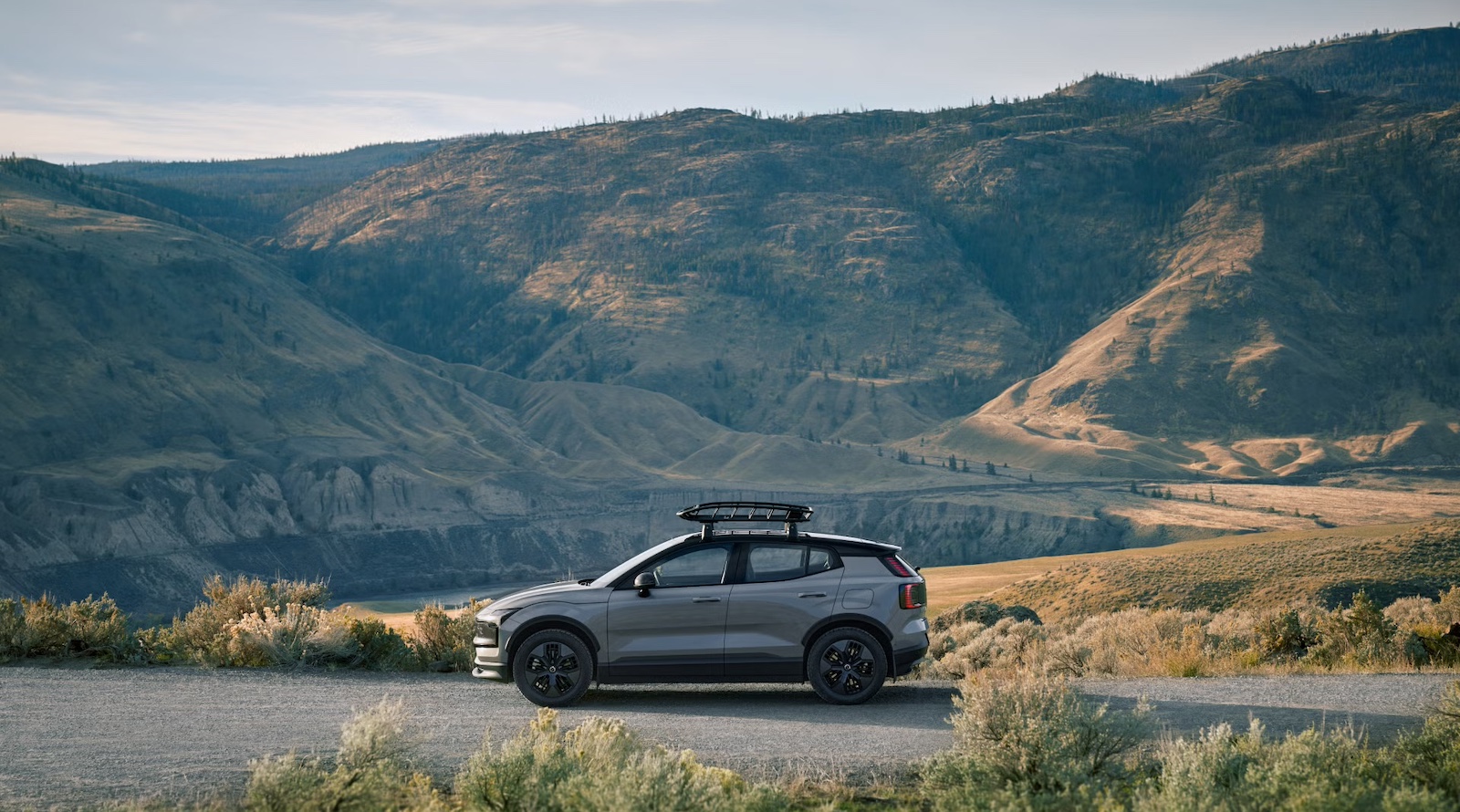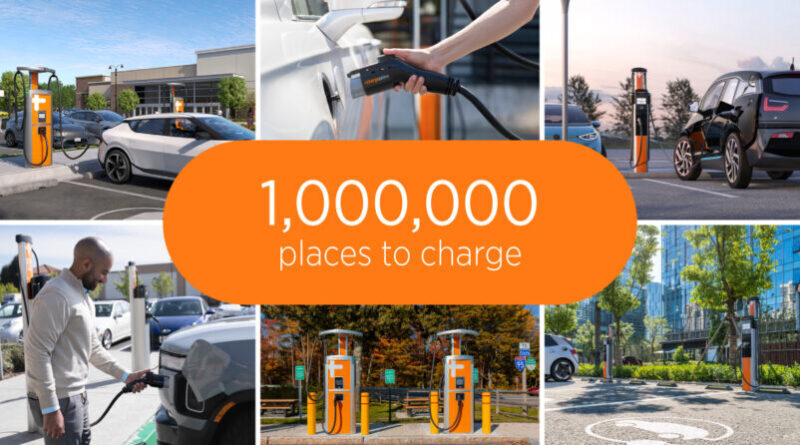How Worley and First Ammonia Are Changing the Future of Green Hydrogen
Transforming Energy Production with Next-Generation Electric Ammonia Facility Worley’s Role in Pioneering Clean Energy Solutions Worley, a globally recognized name…

Transforming Energy Production with Next-Generation Electric Ammonia Facility
Worley’s Role in Pioneering Clean Energy Solutions
Worley, a globally recognized name in energy and resources services, has taken a pivotal step toward advancing green energy production. The company was recently awarded the final Front-End Engineering and Design (FEED) contract by First Ammonia for the construction of the world’s first commercial-scale electric ammonia plant. Located on the Gulf Coast of Texas, this facility is projected to produce 300 metric tons of ammonia per day in its initial phase.
This milestone signals a significant shift within the energy sector, as Worley works alongside First Ammonia to integrate cutting-edge solid-oxide electrolyzer cell (SOEC) technology—an innovation that makes hydrogen production far more efficient. Such advancements are critical for reducing emissions and decarbonizing hard-to-abate industries.
How Solid-Oxide Electrolyzers Work
At the heart of the project is SOEC technology, a breakthrough in hydrogen production. While conventional electrolyzers use electricity to split water into hydrogen and oxygen, SOEC systems do the same with a remarkable twist—they operate at high temperatures. This process significantly enhances the efficiency of the energy conversion, using up to 30% less electricity compared to standard alkaline or polymer electrolyte membrane (PEM) electrolyzers.
By relying on renewable energy to power the process, SOEC technology has the potential to decouple hydrogen production from fossil fuels entirely. The Texas facility will optimize this system, matching its operations with the availability of renewable energy sources like wind and solar power. This not only reduces carbon emissions but also contributes to strengthening the local power grid by aligning energy usage with renewable generation peaks.

First Ammonia facility
The Promise of Green Ammonia
Green ammonia, the end product of this process, has long been considered a “workhorse” in the hydrogen economy. Historically used in fertilizers, ammonia is now being reimagined as a clean energy carrier. It can be transported more easily than hydrogen and is emerging as an alternative fuel for ships and heavy transport. The Texas plant’s production capacity will be a significant step toward making green ammonia more available for global use.
Additionally, this project serves as a template for decentralized and modular clean energy solutions. These compact designs not only reduce construction risks but also offer scalability, which is essential for meeting long-term decarbonization targets.
Why This Project Matters for the Global Energy Transition
Climate change is pushing industries to re-examine how they produce and consume energy. Clean hydrogen derived from processes like SOEC is a key ingredient in reducing emissions. According to data from the International Energy Agency (IEA), hydrogen could contribute up to 20% of the emission reductions needed for net-zero targets by 2050. However, there’s a pressing need to bring down production costs and increase its availability.
Worley and First Ammonia’s Texas plant is positioned to tackle these challenges. By leveraging efficient SOEC technology and renewable energy sources, the project stands to make green ammonia a commercially viable product for sectors that are notoriously difficult to decarbonize—such as heavy industry, shipping, and power storage.
The plant’s ability to adapt production to fluctuations in renewable energy availability also exemplifies how local grids can integrate cleaner solutions without compromising stability. The success of this model could encourage wider adoption of similar systems worldwide.
Timelines and Prospects for Clean Energy Expansion
The current FEED stage of the project is set to conclude by Q1 2025, with construction expected to begin shortly thereafter. The facility aims to become operational by late 2025, ensuring that the first batches of green ammonia will hit the market in just a few years.
Strategically, this initiative strengthens the US Gulf Coast’s role as a hub for clean energy development. The region’s existing infrastructure and access to renewable energy make it an ideal location for such innovation. Furthermore, the scalability of the facility provides a pathway for expanding production to meet growing global demand for sustainable energy solutions.
Applying This Technology Today
While the scale and ambition of this project are impressive, the underlying technology offers immediate possibilities for other sectors. On a smaller scale, SOEC systems could be deployed in existing industrial facilities to transition operations away from fossil fuels. This modular technology could also make a significant impact in regions with abundant renewable energy but limited access to modern energy infrastructure. For example, isolated communities that depend on diesel generators for power could benefit from localized clean hydrogen or ammonia production.
Transportation and agriculture could also accelerate decarbonization by adopting green ammonia as a cleaner fuel source. With further investment and innovation, similar facilities could supply not just massive industries but also everyday consumers, from truck fleets to maritime shipping.
Final Thoughts
Worley’s involvement in First Ammonia’s Texas project signals a turning point in our pursuit of a cleaner future. By developing advanced SOEC-powered ammonia facilities, we are not only exploring ways to meet ambitious climate goals but also creating tools to tackle present-day energy challenges. The modular, renewable-driven design of green ammonia plants like this one presents a scalable solution that can serve diverse needs across industries and geographies.
Progress may take time, but the technologies at play here are already broadening the horizons for decarbonization. The challenge now is applying these innovations on a global scale while learning from projects like the one on the Gulf Coast. Whether through policy, investment, or research, leveraging these advancements today could reshape how we consume and produce energy for generations to come.
What's Your Reaction?





























































